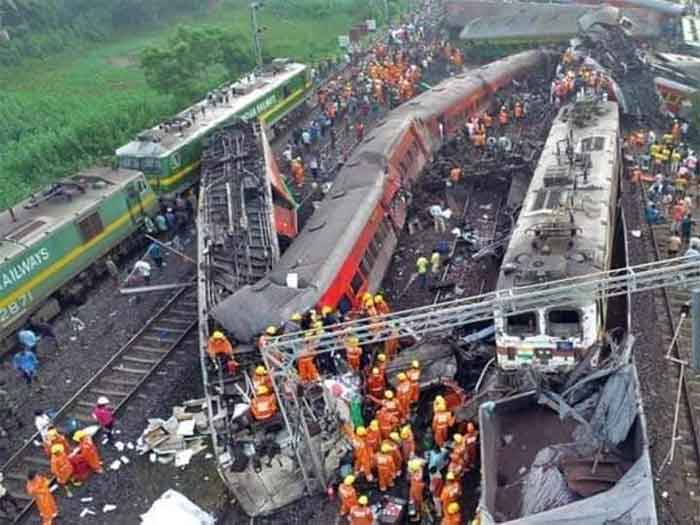
On October 8, as many as 12 passengers died and 43 were injured when a sleeper ‘luxury’ bus caught fire after hitting a truck in Nashik city ( Maharashtra).
Recently several other serious accidents involving sleeper buses have been reported. In June this year a large number of passengers travelling from Gonda ( Eastern UP) to Delhi had a narrow escape near Kannauj when the bus was destroyed in a fire. The only saving grace was that while other passengers were sleeping, one who was somehow awake noticed the fire and created such a loud noise that others woke up just in time to stop the bus and escape, some of them breaking windows to jump out bleeding, their life saved by the difference of just a few seconds.
In another accident involving a sleeper bus in Ferozabad, there was no such savior as this alert passenger. 14 persons travelling on Bihar-Delhi long route died in their sleep, while several were injured.
In June this year 7 passengers returning from a tourism trip to Goa in a sleeper bus died in an accident in Kulaburagi district in Karnataka. One of the survivors later went online to warn others against the high safety risks of travelling in sleeper buses.
A key issue here is that if a mishap occurs or if a danger appears, it is much safer for passengers to be in such in a state that they respond to it very quickly. Sometimes there is a difference of just 2 minutes, or just a few seconds even, between life and death. Now if passengers are sitting, even if they are dozing, it is much more likely that they will be able to respond soon. On the other hand, if they are in various stages of sleep, it is much less likely that they will be able to respond fast enough to ensure their safety. Those who are sound asleep may even die in their sleep even without knowing about the crash, as appears to have been the fate of several of those who perished in the Ferozabad accident. At the same time, those sleeping who do not die are likely to suffer much worse injuries compared to sitting and awake passengers, as they are likely to be much less capable of taking evasive action or to get out of the bus soon enough. If someone in sleeping in an upper bed, then easy escape in the case of a mishap is likely to be even less likely.
Sleeper buses first started in some western countries to serve more limited needs such as taking around some entertainer groups on their long round of several performances. For such limited needs these buses were probably safe enough, as in such cases safety could be taken care of in better ways and then the road conditions in these countries are also comparatively safer. However in a country like India with known high-risk roads and highways, the concept of sleeper buses—essentially giving passengers adequate place to sleep instead of remaining in a sitting posture in the course of their travel—was introduced without much thought for the risks involved.
The concept caught on because the bus owners could earn more from passengers who were willing more for the facility of sleeping. Those who are keen to sleep in travel always have the option of train travel. But as reservations in train have to be made much in advance in India and often are not available, while bus reservations are much easier to get, the concept of sleeper buses has caught on rapidly.
However many passengers have realized that the sleep in sleeper buses is seldom comfortable, and can be quite disruptive if the driver and roads are not good enough on any particular route. Nevertheless, once one is in a sleeping position, one’s ability to respond to an emergency situation quickly enough is considerably reduced.
Hence the gain of a little, even doubtful comfort has to be weighed against the much higher risk of safety being compromised to a considerable extent. The safety aspect is much more important, and hence there is a strong case for gradually phasing out sleeper buses, instead of allowing their numbers to increase. If someone wants to travel sleeping, it is best to try the train option, and if it is not available or affordable, it is better and definitely safer to travel sitting in a bus.
Bharat Dogra is a campaigner on safety issues. His recent books include ‘Prevention of Accidents and Better Care—How Millions of Lives Can be Saved within A Decade’ and ‘Adverse Social and Health Impacts of Alcohol’.

















































